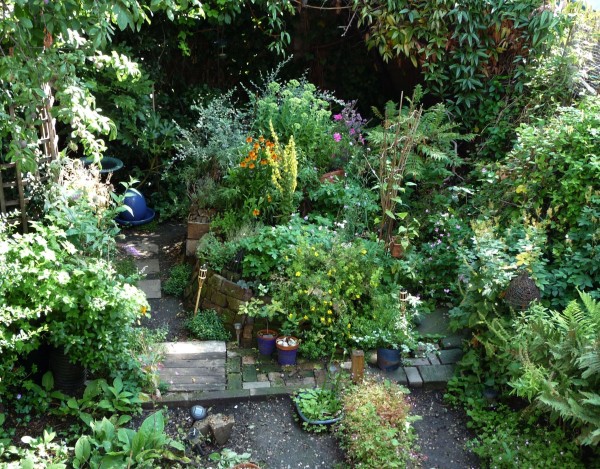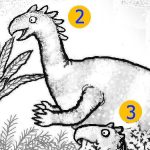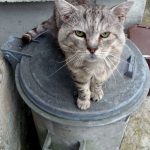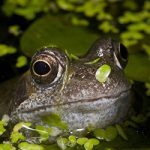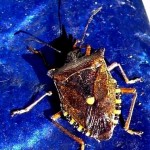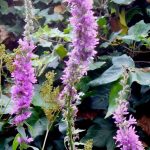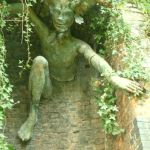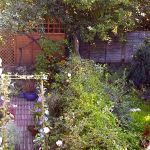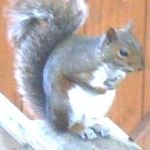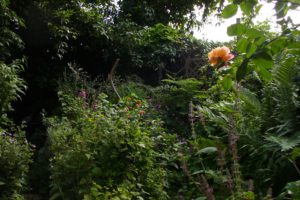
Our garden sits behind a terraced house, one of many in this part of Highbury, North London.
The wildlife using it, the nature reserve down the street & the neighbourhood’s local history have all played their part in our Highbury Wildlife Garden.
This website was first published in May 2013. We chose to use WordPress, because it treats every page as a work in progress. Nothing is ‘set in stone’, or ‘there in black and white’ & unchangeable. Misspelling can be corrected, photos added, new text fitted in. With the lockdown, we had to keep abreast of our current listings, find what had changed for each, see what was now on offer, & replace our write up with new data. We haven’t always kept up to date. Some websites we quoted have closed; one seller of birdseed has moved twice…
We apologise for any errors, & for any page that looks unfinished. Some are being redone. Newer, better photos, better layout… new text… For the ‘Bees’ Favourites‘ pages (under Garden on the drop-down menu), the hope was that our website make a sort of sales pitch for each flower that has lived in our garden. If we tell what we have learned about it and how it performed here in North London, you might be persuaded to find out more about that flower, & perhaps grow one yourself.
Our plants get a write-up – we share their triumphs & disasters with you. We avoid pesticides & slug pellets, & seek out plants that are good for pollinators & other wildlife.
Even if you don’t live in Highbury, please read on. There may be something here to help you connect with your local wildlife. You may be able to link your windowbox, balcony or garden with nearby gardens or parks, so wildlife using those spaces can move into your patch. Or perhaps you can influence someone else. Have a look at some of the websites, people and books that have inspired us.
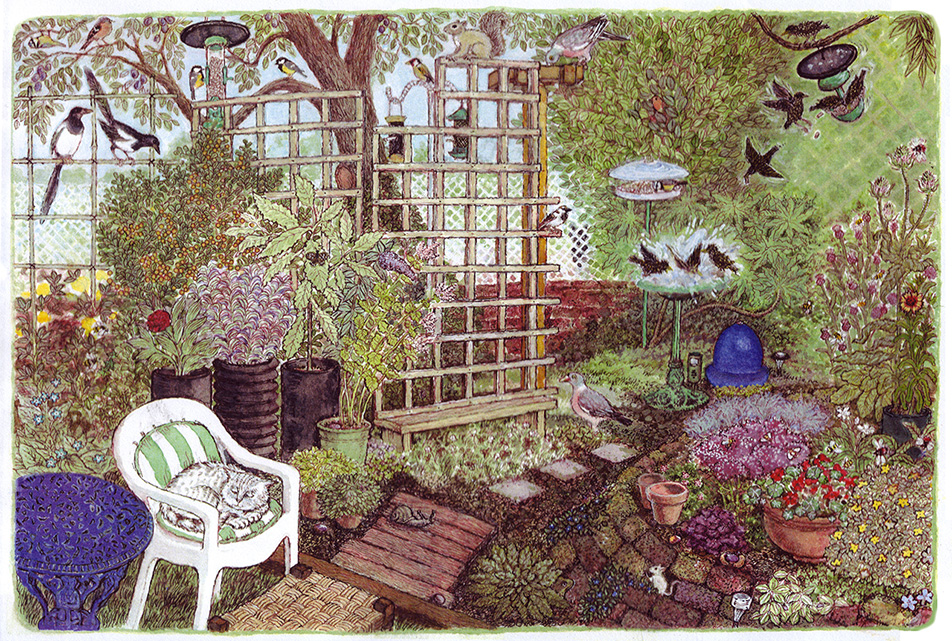 A neatened version of the garden, done in December 2010 from photos…
A neatened version of the garden, done in December 2010 from photos…
Never mind the perspective, feel the wildlife! As Tiggy, our guardcat, dreams of past battles, wildlife makes use of the garden. Starlings splash in the birdbath. Woodpigeons search for food on the high table & beneath it. Squirrel & Sparrow perch on the trellis as Bluetits, Great Tits, Chaffinch & Goldfinch trawl through feeders or over the branches of the Damson tree. There is a Robin in the Bay tree, a Ghost Mouse in the brickwork. A butterfly (Speckled Wood) basks on an avocado leaf. Magpies usually drive other birdlife away, but here they are part of the company.
This is the view from the Garden Flat. Roger, our gardener, called it a stage set where the actors come & go. Many have flown or been blown our way from Gillespie Park, the Local Nature Reserve down the road.
Conservation Rangers at its Islington Ecology Centre plant & manage native trees, shrubs & wildflowers. They encourage biodiversity & share what they know with the public. Volunteers join the team on Thursdays, working at nearby Parkland Walk, tiny Barnsbury Wood, or Gillespie Park itself.
Local gardener Naomi Schillinger’s website outofmyshed.co.uk tells of communal gardening on & around nearby Ambler Road. Neighbours, with help from a Council grant, grow fruit & veg in canvas bags which sit in their front gardens. Well done to them.
This garden is different. Here, trying to put creatures first wherever possible, we found that growing food for humans would be a problem. Even growing plants with wildlife in mind is unpredictable. Plans & planting can be scuppered by a spell of frost. In winter, any plant thrusting its tendrils above ground level may have them nibbled away. Bulbs & seeds are eaten.
But seeing wildlife interact with our garden makes up for any disappointments. The flight of the pollinators, bats on overhead maneuvres at dusk or a robin’s presence nearby – all priceless moments. We are helping these creatures survive in the city… the entertainment they provide is a bonus.
*** Urban wildlife: Some of the wildflowers we have grown here may be unwelcome elsewhere, even reviled as noxious weeds. Some of the insects who visit our garden may be pests in other places. And some creatures we have come to accept as part of North London’s biodiversity may be seen as vermin in the countryside.
‘A pest to us can be somebody else’s dinner.’
John Chambers, Wild Flower Gardening, WI Books
VIDEO – GARDEN IN BLOOM, BLACKBIRD SINGS
